PCA Articles
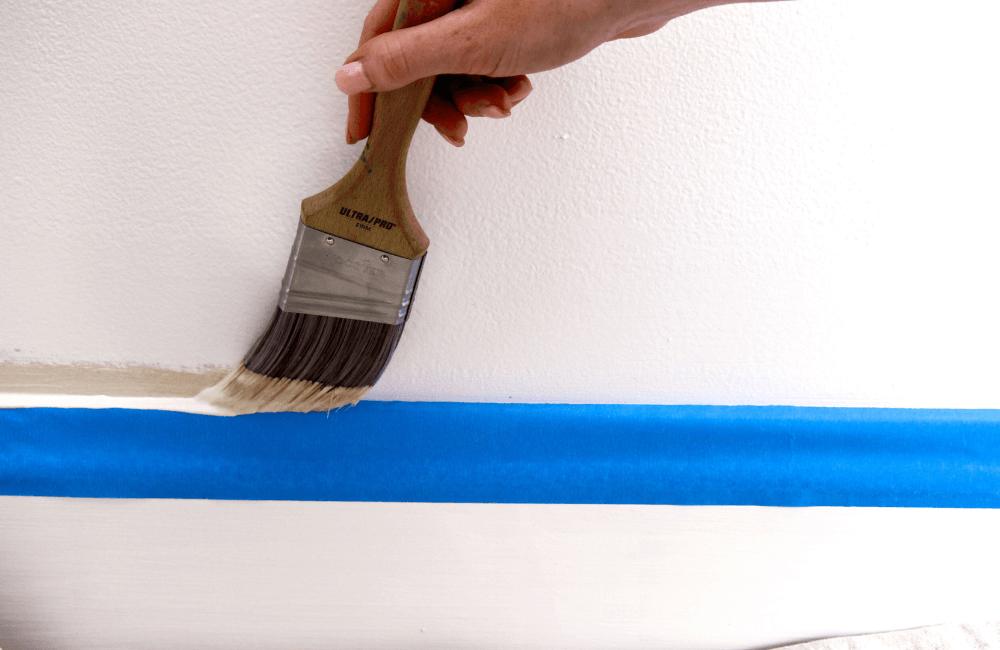
When to Touch-Up Wall Paint or Repaint | BEHR PRO
Touch-up
Whether you’re a paint contractor, facility manager or property owner, few things are as satisfying as a freshly finished paint job. Now if only it could stay that way! Unfortunately, even the finest coatings succumb to wear and tear, as well as the inevitable nicks, scratches, and other unsightly imperfections. In addition, sometimes flaws appear shortly after a repaint — suggesting that more than one type of paint and/or application method were used.
No matter how it occurs, damage affects a rental unit’s appeal. Therefore, the question isn’t whether or not these defects can be corrected. Rather, it’s a matter of which option — a paint touch-up or a full repaint — provides the best solution.
“Touch-up” describes the recoating of very small, localized areas of a newly painted surface in order to conceal minor repairs or to cover up minor surface defects — such as scuff marks — that can occur shortly after a painting job is complete. While touching up offers a quick way to achieve an acceptable appearance, it is important that all parties understand that it is not a cure-all. Yet — if done right — touching up is a practical alternative to repainting the entire surface.
Consider the following best practices:
- Plan ahead: Make a point of keeping extra paint and storing it in fully sealed containers. Then label each one with the date and color so you can easily find them next time.
- Use the best tools: First, utilize the same type of applicator previously used to paint the wall you’re touching up. This helps the touched-up area blend with the surrounding surface. If you used a roller, use a roller again (a small-sized roller offers better control). If you used a brush, use a brush again. This will help replicate the surface texture.
- Technique: The goal of a touch-up is to blend the new paint with the old — creating a consistent appearance, despite the application method. Ideally, all areas should be fully coated and texture-matched to avoid applying too much paint.
What If I Don’t Have the Old Paint?
When a property is in the painting process, the paint types, colors and sheens are top of mind — but the last repaint may have been a while ago. Knowing that touch-up colors must perfectly match the painted surface’s current hue, hopefully, someone tucked away extra paint or noted the exact name, brand, and texture of the original coating.
If not, the Behr team is here to support you with its array of valuable, professional services — including Custom Color Matching. Bring in a color sample from any source — scraped or peeled paint from the job site, a favorite fabric color, or even a competitor’s paint chip. We’ll match it and create a digital color representation.
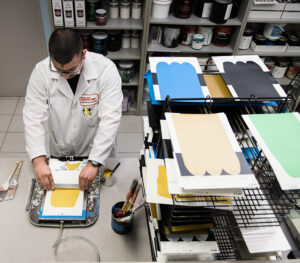
And don’t forget about sheen! Remember that you need to repaint with the same gloss — flat with flat, high gloss with high gloss, and eggshell with eggshell — otherwise unwanted spots will be noticeable. And, just like color, if you don’t know the original sheen, let us help you find it!
When To Touch Up
Typically, if a unit has been painted in the last year; the damage is confined to a small area or if the flaws are minor
— such as nicks, scratches, dings, chips, scuffs, etc. — it makes sense to touch up rather than repaint. Touch-ups are effective for spot-filling walls on flat or low-sheen paint. In contrast, it can be difficult to blend touch-ups into aged, faded and high-sheen coatings such as satin.
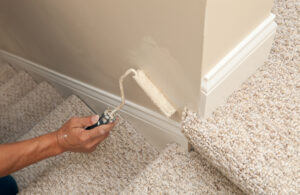
Note: Sometimes a job that starts out as a touch-up ends up a full repaint/color change, which dramatically affects time and costs. Therefore, bids should include a clause that addresses this possibility, with an approval signed by all stakeholders before work begins.
When to Perform Full Repaint
While touching up provides a speedy fix for mild issues, some units exhibit severe and extensive damage. That’s when it’s time for a repaint. Yes, it’ll increase costs, but the
Return on Investment (ROI) makes it worthwhile, as a full paint/color refresh not only lasts longer but keeps the property looking up to date.
This is the logical choice when:
- The paint is peeling, flaking, stained, or showing obvious signs of deterioration
- Damages are large and cover a wide area
- Changing the current color
- The paint is more than five years old
- The surface is painted with a higher sheen
- Flaws are highly visible
Repaint Schedule
Deciding how often to repaint isn’t an exact science. It depends on a range of factors, including unit location, paint age, and visual ambitions. To maintain a rental’s appeal, many professional painters recommend painting walls every five to 10 years.
High-traffic areas — hallways, corridors, stairways, entryways, bathrooms, and kitchens — receive more wear and tear and, therefore, need to be refreshed fairly often. To keep these spaces beautiful, clean, and up to date, schedule a repaint every three to five years. On the other hand, paint in low-traffic areas — such as living rooms, dining rooms,
and bedrooms — perform longer, requiring fewer repaints.
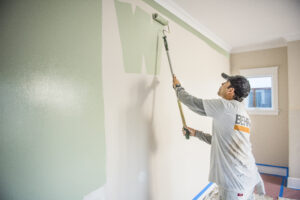
Consider BEHR ULTRA® Scuff DefenseTM Interior Paint for high-traffic areas. It delivers advanced burnish, scuff and mar resistance to keep your painted surfaces looking newer longer.
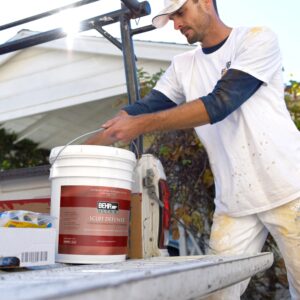
Last of all, remember that when a manager or owner invests the time and money to restore and reinvigorate a property’s look and feel, the number of prospects increases, and happy residents stay longer. That’s some solid Return on Investment (ROI) that will also help increase your property’s Net Operating Income (NOI)!
Did you find this post helpful and interesting?
About The Author
Behr Contributing Writer